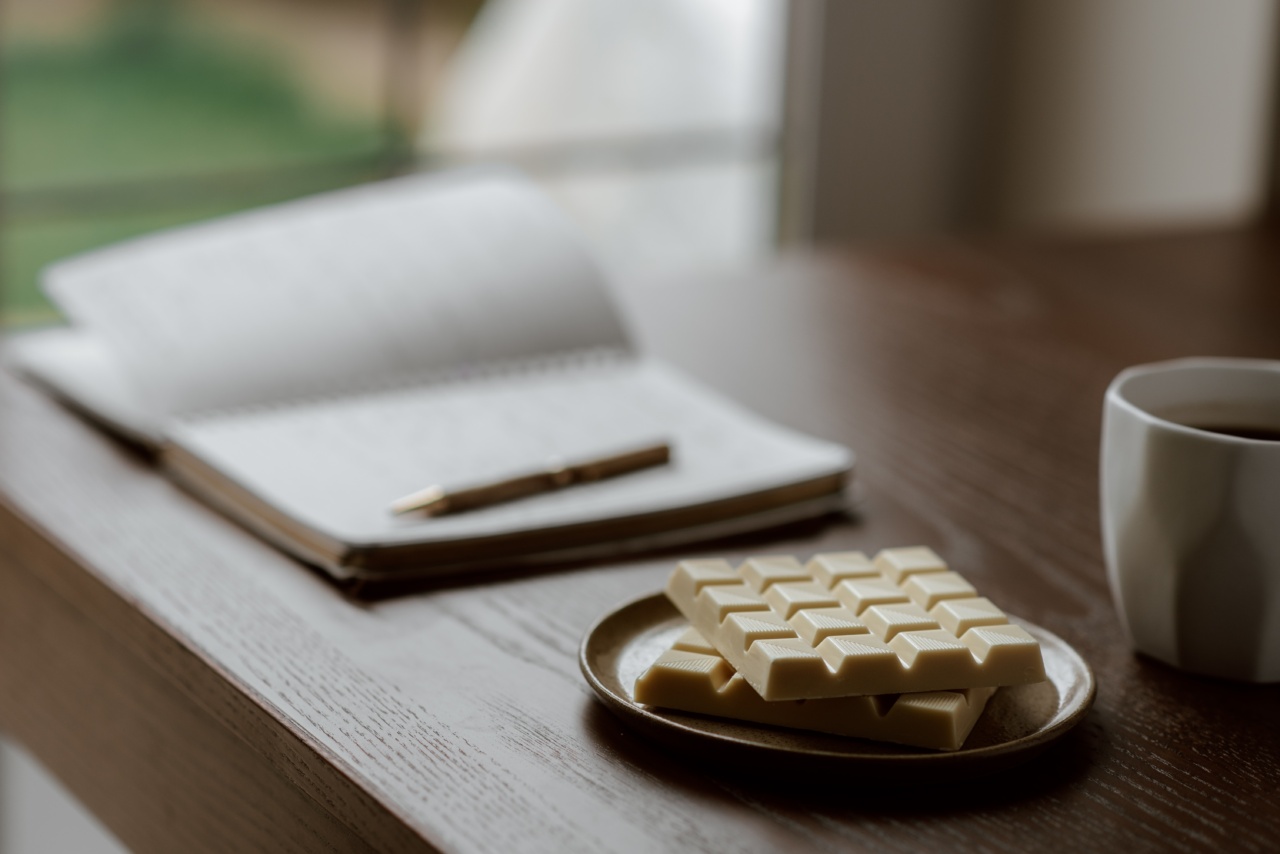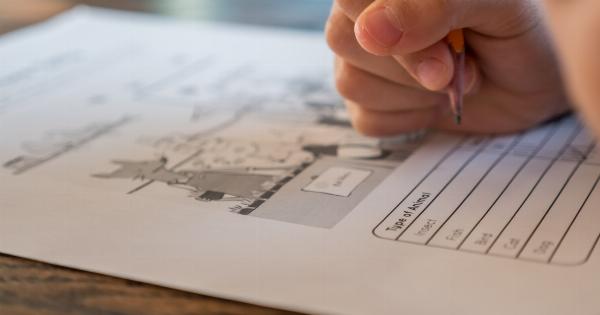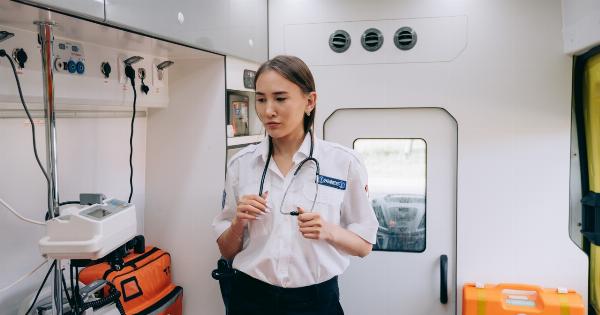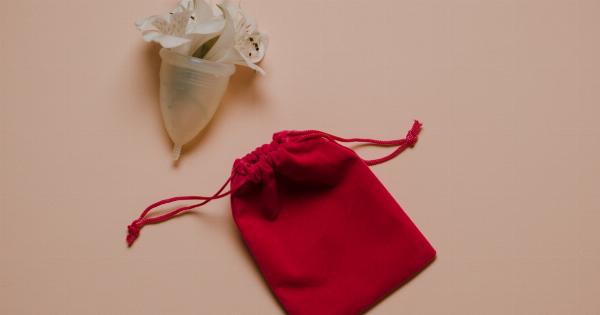Headaches are a common condition that almost everyone experiences at some point in their lives. Headaches can range from a dull ache to a severe and debilitating pain, and they can be caused by numerous factors.
In many cases, headaches are caused by tension, stress, or a lack of sleep.
The Importance of Treating Headaches
Headaches can have a significant impact on a person’s quality of life. They can interfere with work, social activities, and even simple tasks like reading or watching TV.
When headaches are frequent or severe, they can also impact a person’s mental and emotional well-being. While there are numerous over-the-counter (OTC) drugs that offer headache relief, these drugs can cause side effects and may not be effective for everyone.
A Pen as a Remedy for Headaches?
Did you know that a pen can be used to relieve headaches? It may sound odd, but using a pen to massage specific pressure points on your body can help reduce the pain and discomfort associated with headaches.
This technique is known as acupressure, and it has been used for thousands of years to relieve various health conditions, including headaches.
How to Use a Pen for Headache Relief
To use a pen for headache relief, you’ll need a standard ballpoint pen. Hold the pen in your dominant hand, and use a steady, deep pressure to massage the following pressure points:.
1. The Base of Your Skull
To locate the base of your skull, place your fingers on the back of your head, just above the neck. Slowly move your fingers up until you feel a bony ridge. Apply firm pressure to this area with the pen, using small circular movements.
2. The Temples
The temples are located on either side of your forehead, just in front of your ears. Use the pen to apply firm pressure to these areas using circular motions. Be sure to avoid the eye area, as this can cause discomfort or damage to the eyes.
3. The Bridge of Your Nose
The bridge of your nose is located between your eyes, at the top of your nose. Use the pen to apply firm pressure to this area using small circular motions. Be gentle, as this area is sensitive and can be easily bruised.
4. The Area Between Your Eyebrows
This area is known as the Third Eye Point in acupressure. It is located between your eyebrows, just above the bridge of your nose. Use the pen to apply firm pressure to this area using small circular motions.
5. The Webbing Between Your Thumb and Index Finger
This pressure point is located between your thumb and index finger, in the webbing between the two digits. Use the pen to apply firm pressure to this area using circular motions.
You can also try squeezing the webbing together between your thumb and index finger.
When to Seek Medical Attention
While using a pen for headache relief can be effective for mild headaches, it is important to seek medical attention if you experience any of the following symptoms:.
- Headaches that become more frequent or severe
- Headaches that last for several days
- Headaches that are accompanied by high fever, neck stiffness, or vomiting
- Headaches that are experienced after a head injury
If you experience any of these symptoms, it is important to seek medical attention as soon as possible. Your doctor can help determine the underlying cause of your headaches and provide appropriate treatment.
Conclusion
Headaches can be a significant source of pain and discomfort, but using a pen to massage specific pressure points on your body can offer relief.
However, it is important to seek medical attention if your headaches are severe or accompanied by other symptoms. By being aware of your body and taking steps to manage your headaches, you can improve your quality of life and reduce the impact of headaches on your physical and mental well-being.






























